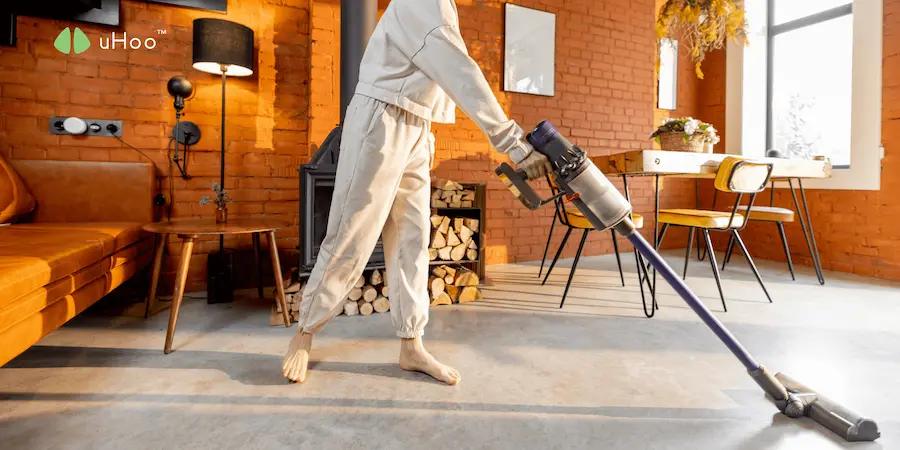For many, “cleaning” conjures images of a quick sweep across the floors. While sweeping has its place, truly effective dust control requires a more strategic and comprehensive approach. Dust isn’t just an aesthetic nuisance; it’s a complex cocktail of allergens, pollutants, and microscopic irritants that can impact our health and well-being. Transforming your home into a haven of clean air demands going beyond the broom and embracing a multi-faceted strategy.
The Foundation: Strategic Vacuuming is Key
Your vacuum cleaner is your primary weapon in the war against dust. But are you wielding it effectively? Think beyond a cursory once-over. Employ slow, deliberate passes, overlapping each stroke to ensure thorough pickup. Utilize attachments wisely: the crevice tool for baseboards and tight corners, the upholstery brush for furniture, and the dusting brush for delicate surfaces. Regular vacuuming, at least twice a week in high-traffic areas, prevents dust from settling and becoming deeply embedded.
The Power of Microfiber: More Than Just a Cloth
Ditch the traditional feather duster, which merely redistributes dust. Embrace the microfiber cloth. These specialized cloths have a unique weave that traps and lifts dust particles rather than just scattering them. Dampening the cloth slightly can further enhance its dust-grabbing power. Dedicate time to wiping down surfaces from top to bottom, remembering often-overlooked spots like ceiling fans, window sills, and electronics.
Laundry Logistics: Tackling Textile Dust
Fabrics are notorious dust collectors. Wash bedding, including sheets, pillowcases, and duvet covers, in hot water at least weekly to eliminate dust mites and their allergens. Regularly wash or dry clean curtains and throw blankets. For items that can’t be easily washed, a thorough vacuuming with the upholstery attachment can make a significant difference.
Humidity Harmony: Controlling Airborne Particles
Maintaining optimal humidity levels can play a surprising role in dust control. Dry air allows dust particles to remain airborne for longer. Aim for a relative humidity between 40-50% using a humidifier or dehumidifier as needed. This can help dust settle, making it easier to remove through vacuuming and dusting.
Air Purification Power: A Silent Guardian
Consider investing in a high-quality air purifier equipped with a HEPA filter. These devices work tirelessly to filter out airborne dust, allergens, and other pollutants, providing an extra layer of defense against dust accumulation. Placing air purifiers in key areas like bedrooms and living rooms can significantly improve overall air quality.
The Smart Approach: Leveraging Technology with uHoo
To truly master dust control, knowledge is power. This is where a uHoo air quality monitor becomes an invaluable tool. This smart device continuously tracks the levels of particulate matter (PM2.5 and PM10), which are key indicators of dust and other airborne pollutants, in your home.
By providing real-time data and historical trends, uHoo allows you to understand when dust levels are elevated, even if it’s not visibly apparent. This empowers you to adjust your cleaning routine proactively. For instance, if uHoo detects a spike in particulate matter after a certain activity, you’ll know to focus your cleaning efforts in that area. It’s like having a scientific eye on your dust control efforts, helping you to optimize your strategies and ensure you’re truly transforming your home into a clean-air sanctuary.
Effective dust control is an ongoing process that goes beyond a quick sweep. By implementing these strategies and leveraging the insights provided by a uHoo air quality monitor, you can transform your home into a healthier, more comfortable, and truly dust-free environment.

